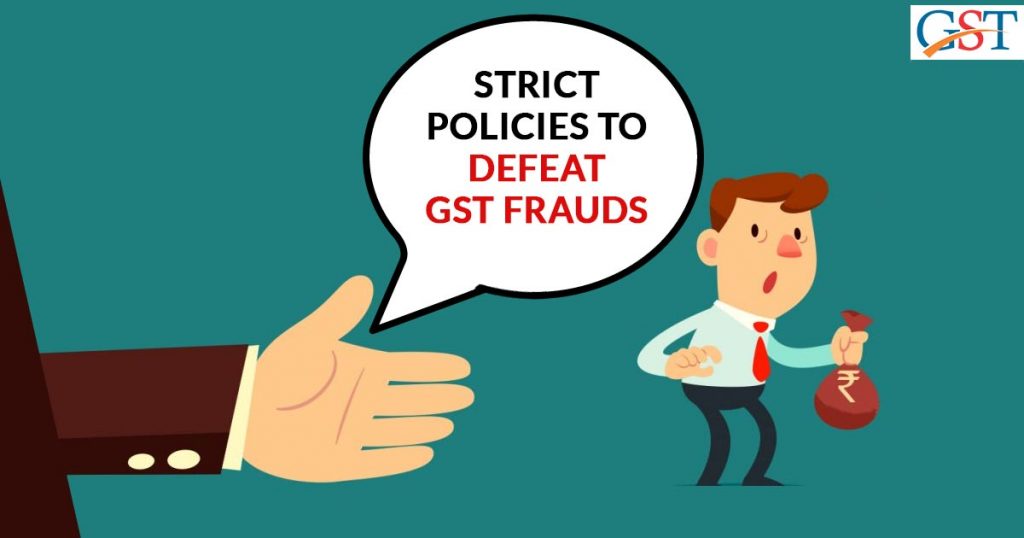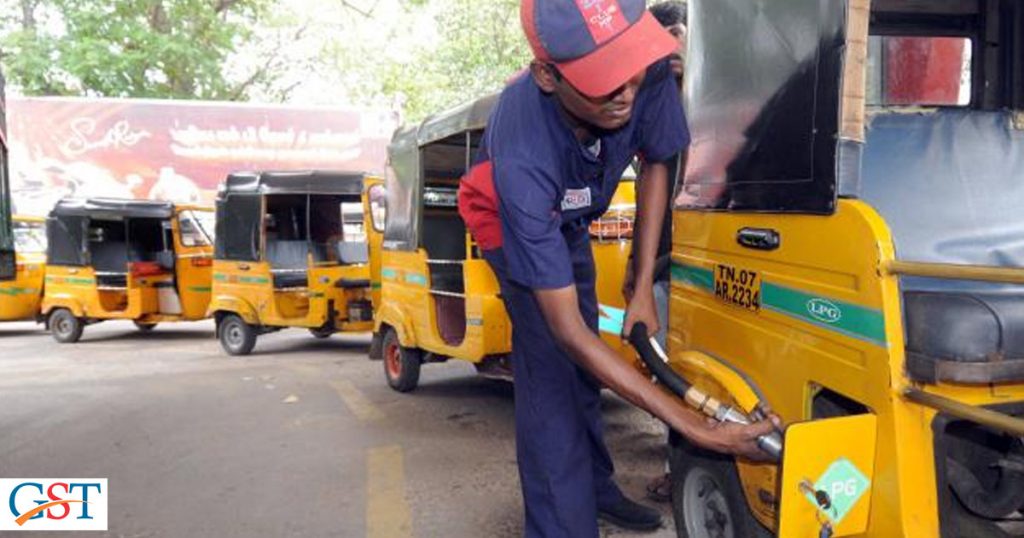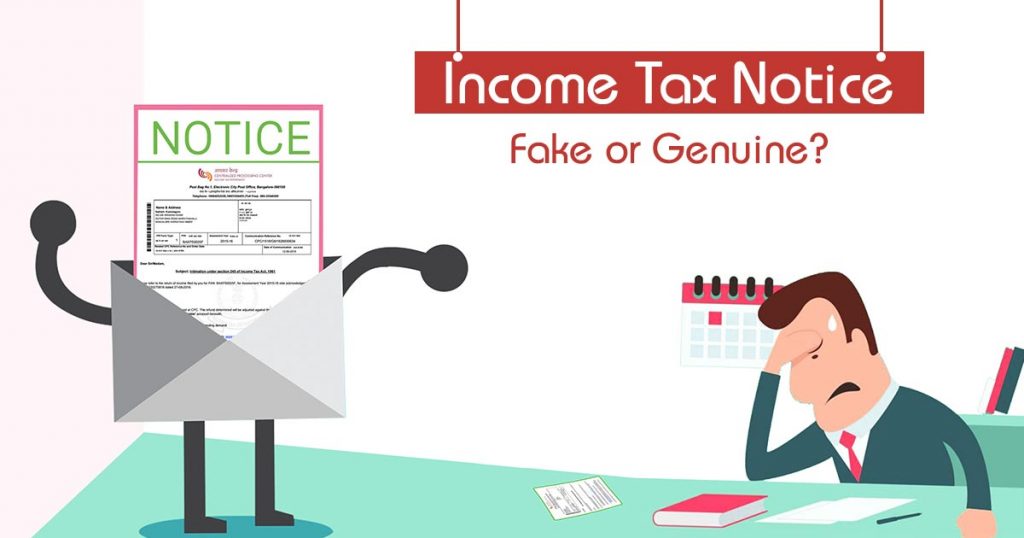
Seeing it to be a ‘Red Alert‘ in GST Regime, West Bengal Finance Minister Amit Mishra wrote to FM Nirmala Sitharaman about cases of GST Frauds and the urgent need to call for a thorough check on detecting any fraudulent tax transactions.
Mitra expressing his worries on GST frauds told in his letter that apart from Government’s endeavour to make GST an impeccable tax culture in India it is shocking to see such a massive GST fraud occurring on Indian grounds. In the letter, he justified his point by quoting the digits of tax evasion since GST roll-out i.e. Rs. 45,682 crore the amount cited in Rajya Sabha by Minister of States for Finance Anurag Thakur.
He further said that still, no complete data of frauds prevail under SGST and if the data is re-scrutinized to find out detected and undetected tax evasion cases of all the states then the tax evasion amount may surpass Rs 1 Lakh Crore.
Read Also: New GST Return Forms to Help Authorities Check Tax Evasion: Experts
According to Amit Mitra, the absence of a foolproof administrative framework like robust tax reporting system, from GST could prove to bring a calamity in tax governance. The fear and concern are now coming true.
To abolish tax evasion from the GST regime and to make it an unadulterated tax culture, FM West Bengal proposed some measures and urged Sitharaman to involve them in the agenda of the following 37th GST Council Meeting.
He stressed upon the need to hire an inspection force for detecting all the cases of tax evasion in the country and then take appropriate actions on the same. “Looking to the intensity of tax frauds task forces consisting of state and central GST must be hired,” said Mitra.
He said that the complete list of cancelled GSTIN’s with PAN and email should be provided to the task force operating in the case so that the same fraud is not investigated twice. He forces on the introduction of a full-fledged system of new GST return, with invoice matching for large taxpayers by October and all taxpayers by January.









